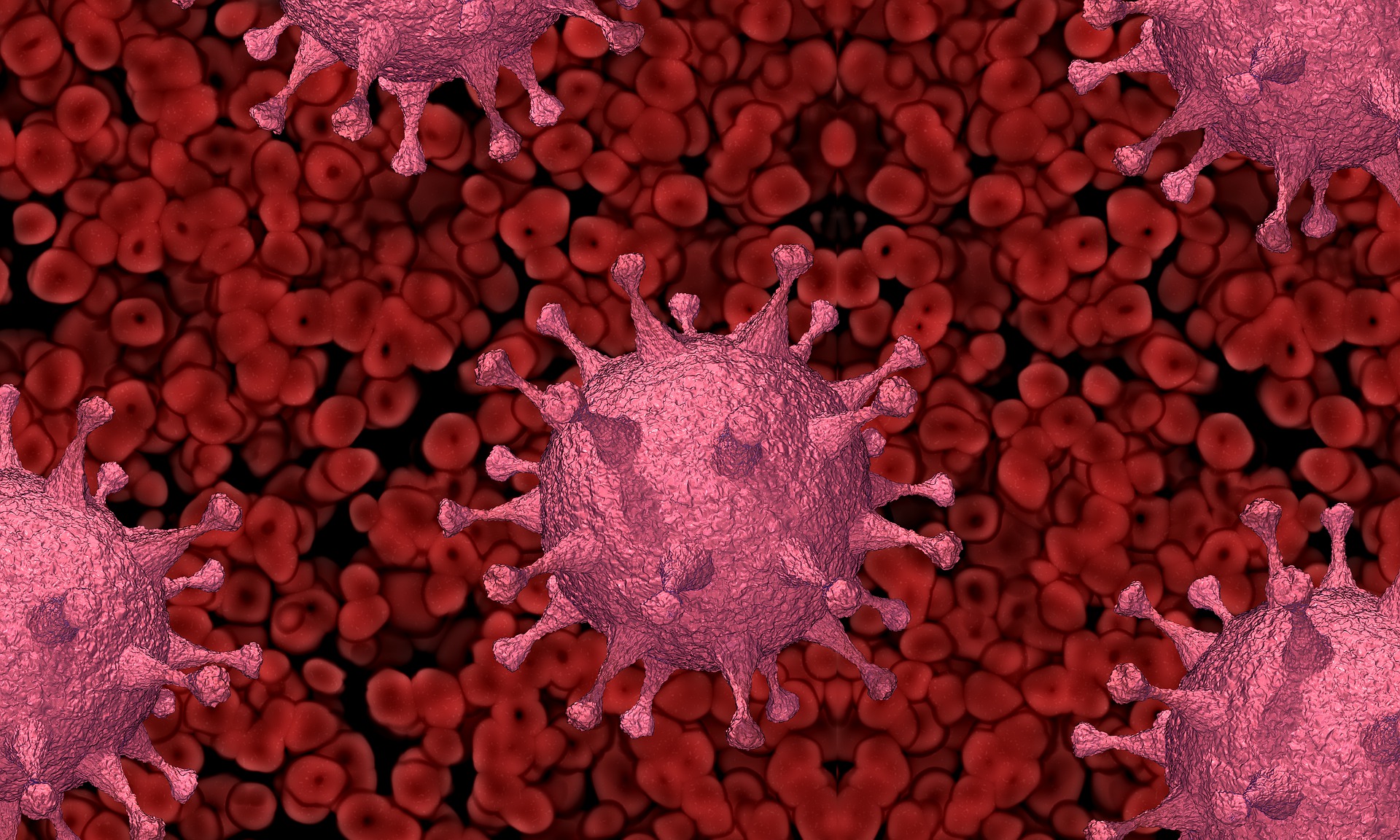How might waning immunity and reinfection affect our next wave of COVID-19? Researchers have modelled different scenarios to predict what the coming months might look like.
The researchers found that a second COVID wave arose in the latter half of 2022 in all their scenarios, smaller than our first wave and set to peak in August to November depending on how fast immunity drops. However, a higher peak of hospitalisations may occur if more older people get infected. Under a faster-waning immunity scenario with older ages more infected, this modelling estimates that as many as 46% of cases could be reinfections.
The SMC asked experts to comment.
Dr Dianne Sika-Paotonu, Immunologist, Associate Dean (Pacific), Head of University of Otago Wellington Pacific Office, and Senior Lecturer, Pathology & Molecular Medicine, University of Otago Wellington, comments:
Waning immunity and reinfection
“Many who’ve recovered from Covid-19 will have developed immunity at least for the initial months following infection, however reinfection risk with the SARS-CoV-2 virus remains. Although previous infection with the virus does offer some immune protection, this does wane over time. More people have now been exposed to the SARS-CoV-2 virus, and with the emergence of the Omicron variant, reinfections have been increasing in a way not seen with earlier variants. Omicron’s higher transmissibility and ability to evade immune protection are likely contributing factors.”
What’s known from overseas studies on reinfection risk
“Towards the end of 2021 as Omicron was spreading, data from South Africa was showing higher reinfection rates when compared with previous infection waves – this pattern was also seen in other countries. In the UK, the reinfection risk was found to be 16 times greater when Omicron was the dominant variant, compared to when Delta dominated about seven months prior. This survey work was undertaken using random sampling of households by the UK Office for National Statistics.
“Data from England has also demonstrated a reinfection increase, where the rate of reinfections of reported cases in February 2022 was about 10%, jumping from just 1% prior to mid-November 2021. One study from Qatar, which looked at the reinfection severity after initial infection with the Alpha and Beta variants, indicated that overall, SARS-CoV-2 re-infections – where another infection occurred at least 90 days after the first infection – tended to be less severe when compared with the first infection.
“Ongoing work will be needed to understand more about whether reinfections for Omicron and all its sub-variants are more or less severe, when compared to the primary infection. It is still important that those who may have already had a Covid-19 infection further strengthen their immunity with vaccination.
“Overall, current evidence is indicating that reinfections have been increasing with the Omicron variant, and the risk of reinfection with the SARS-CoV-2 virus remains, especially for vulnerable communities.”
Reinfection risk in New Zealand
“Right now the daily reported COVID-19 figures are still very high, and continue to place added strain and pressure on our health and other support systems in Aotearoa New Zealand. The actual COVID-19 community case figures are likely higher than those being reported currently – resulting from asymptomatic infection, and the majority of new community cases being detected by rapid antigen testing (RAT) – with reliance on self-reporting of results. Reinfections in Aotearoa New Zealand will need to be monitored carefully.”
Impact of health inequities
“The COVID-19 pandemic has exacerbated pre-existing inequities in health for vulnerable communities, and this includes for Māori and Pacific peoples. It was known from the outset that Māori and Pacific peoples were vulnerable to being disproportionately impacted and affected by COVID-19 and therefore required prioritisation with respect to COVID-19 vaccination, prevention, and testing efforts. Inequities remain evident with vaccination and booster levels, and need to be addressed with equity approaches that build trust and reduce barriers for people. Pacific peoples currently make up 11% of Covid-19 cases and more than double that – 27% – of all hospitalisations.
“Significant immunity gaps in Aotearoa New Zealand exist right now as we move into winter. Children, tamariki and tamaiki aged 5-11 years still need to be vaccinated against COVID-19 and many people are still to get COVID-19 boosters, with booster doses for the COVID-19 vaccine now readily available for 16-17 year olds in Aotearoa New Zealand.”
Vaccination against other illnesses
“During the COVD-19 pandemic, there has been limited exposure to other viruses such as the influenza virus here in Aotearoa New Zealand, and there is potential risk of upcoming influenza outbreaks moving into winter. We now have more of the Influenza vaccines here being made available for people – these are important.
“Lastly, although COVID-19 has been a key focus over the past two years, it is important to remember that all childhood vaccinations remain important. Regular childhood vaccine schedules (non-COVID-19) for children, tamariki and tamaiki in Aotearoa New Zealand have been significantly affected by the Covid-19 pandemic. As a result, there is potential risk of outbreaks for whooping cough, measles and other illnesses that could be prevented. A resurgence of influenza and the respiratory syncytial virus (RSV) could also possibly occur.”
No conflict of interest declared.
